Some anime end up remembered less for polished storytelling and more for wild choices, impossible production schedules, or English dubs that took on a life of their own. Over time, these titles picked up reputations that keep them circulating at watch parties and in recommendation threads, not because they’re hidden masterpieces, but because they’re fascinating snapshots of how anime gets made, marketed, and talked about.
This list brings together series and movies that earned infamy through unusual animation, breakneck plots, or unexpected localization decisions. You’ll find one-episode curiosities, mid-2000s OVAs, experimental CGI projects, and short-form shows built for mobile streaming. Each entry below notes what it’s about, when and how it was released, who made it, and why it has stayed in circulation long after the initial broadcast or disc run.
‘Mars of Destruction’ (2005)
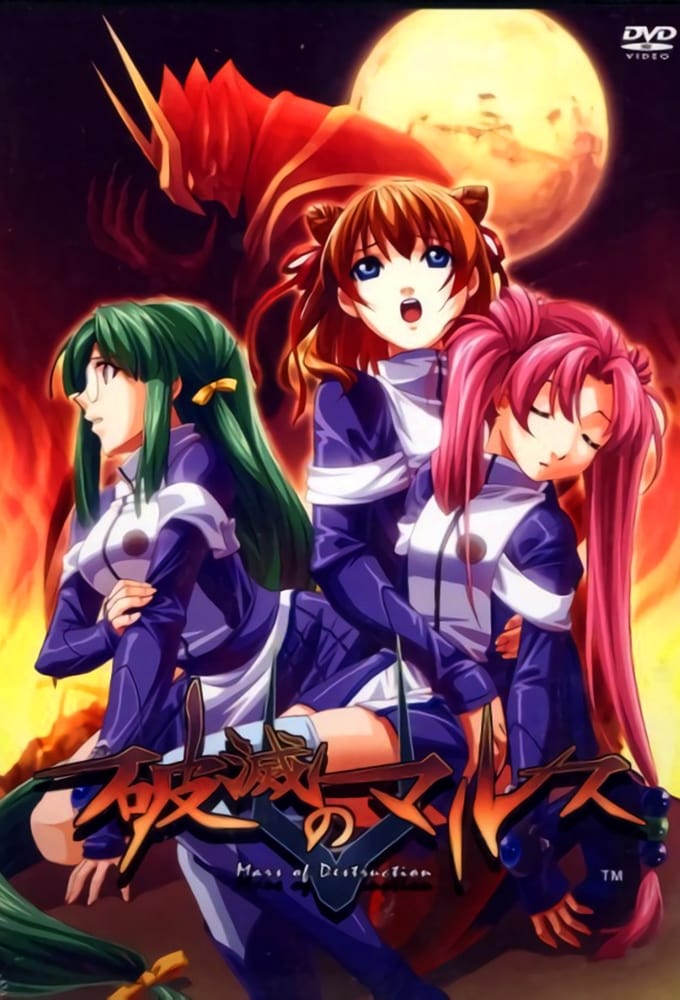 WAO World
WAO WorldThis one-episode OVA follows a paramilitary group fighting extraterrestrial lifeforms in near-future Tokyo. It was produced by the small studio Planet and released direct-to-video in Japan, with a runtime of roughly 20 minutes and character designs that were widely circulated in screencaps and imageboards.
The production is frequently referenced for abrupt scene transitions and minimal in-betweening, which made it a staple of anime forums through the late 2000s. Its disc became a collector’s curiosity, and the short length made it a common pick for group viewings.
‘Pupa’ (2013–2014)
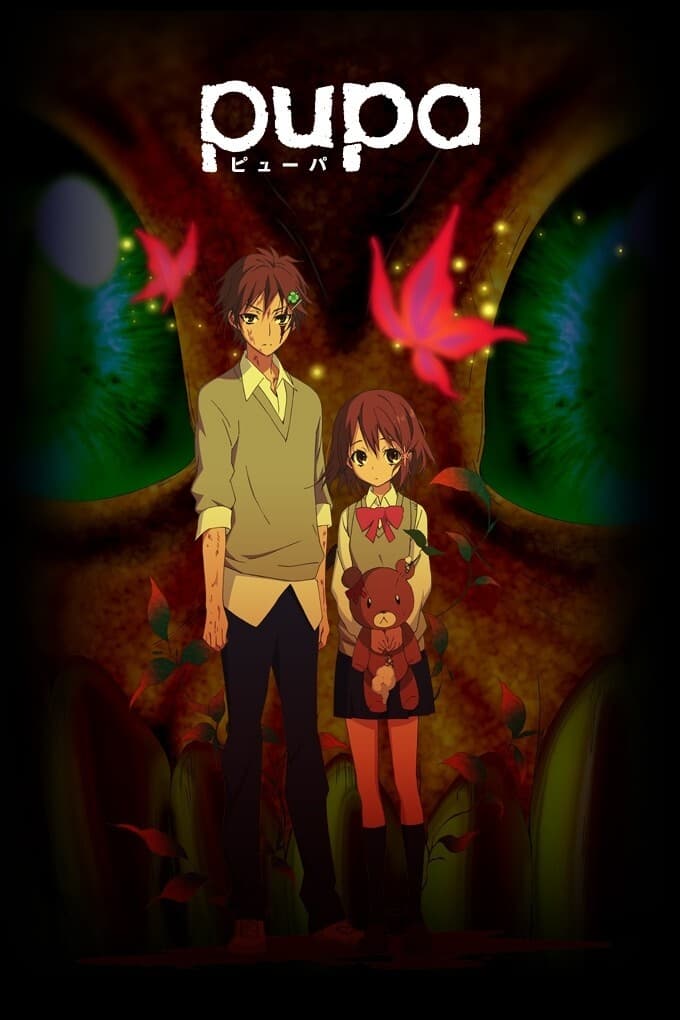 Studio Deen
Studio DeenBased on Sayaka Mogi’s manga, this TV anime aired in a short-format block with episodes around four minutes long. Studio Deen handled production, and the story centers on siblings dealing with a mysterious virus that causes body transformations and regenerative abilities.
Broadcast edits significantly altered on-screen content while the home video version restored material, leading many viewers to compare differences between releases. The short runtime compressed several story arcs, which made it a recurring reference point in discussions about adapting longer manga into micro-episodes.
‘Skelter+Heaven’ (2004)
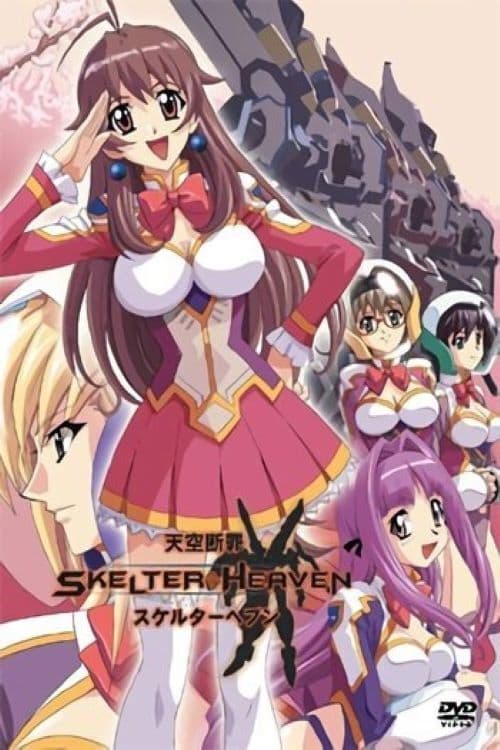 Idea Factory
Idea FactoryAlso known as ‘Tenkuu Danzato Skelter+Heaven’, this OVA features a special police unit deploying mecha against an unidentified life form that appears in Tokyo. It uses early 2000s CG assets alongside 2D elements and was distributed direct-to-video in Japan.
Its CG character and mecha models are often cited as examples of transitional-era tools used without extensive polish. Copies circulated internationally through niche DVD labels, which sustained its visibility in mecha fan communities as a technological time capsule.
‘Vampire Holmes’ (2015)
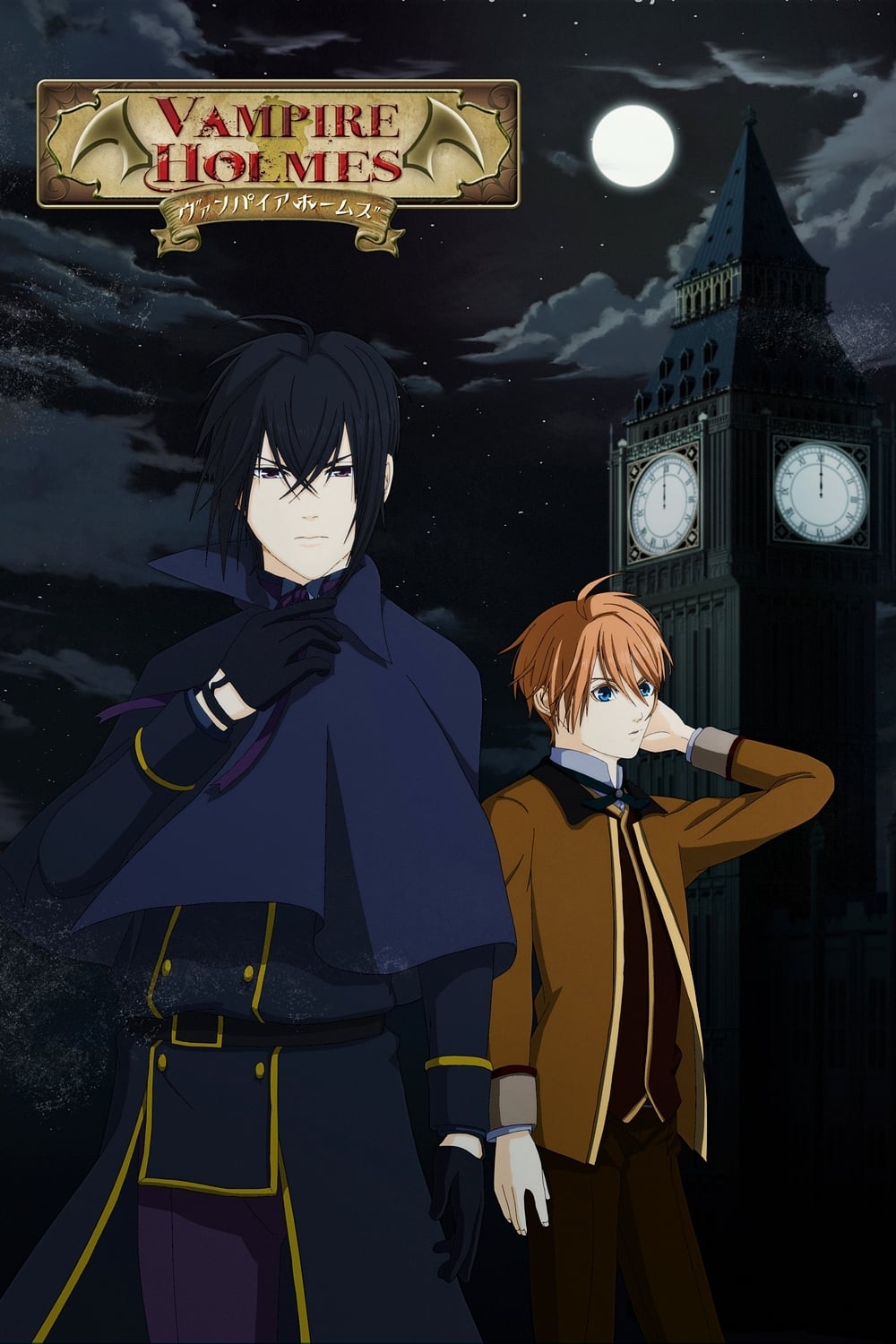 CUCURI
CUCURIThis short-form TV anime adapts a mobile game and follows a detective who claims to be a vampire while taking on odd cases. Each episode runs only a few minutes, and the series combines static frames with limited animation.
Because episodes were brief and easy to share, it spread quickly across streaming platforms that specialized in shorts. The tie-in to a smartphone title and the minimal movement drew attention from fans cataloging game-to-anime experiments.
‘Hand Shakers’ (2017)
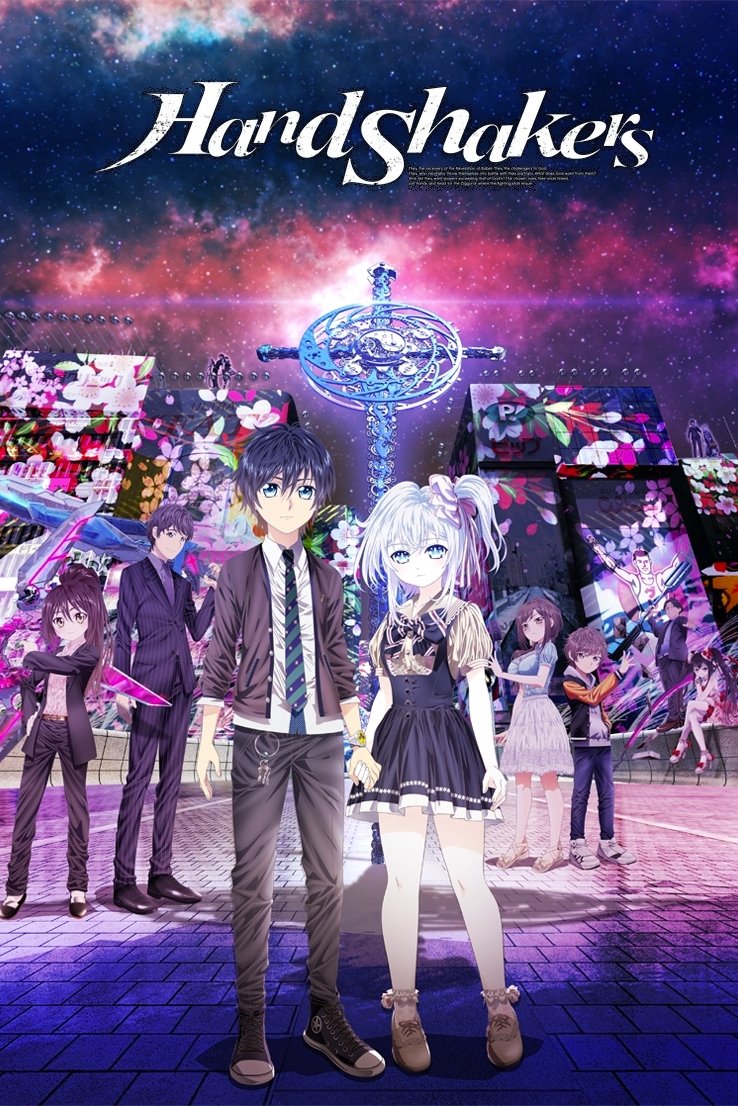 GoHands
GoHandsProduced by GoHands, this TV series places pairs of fighters in Osaka who summon weapons called Nimrods and battle in a separate dimension. It is known for heavy use of depth-of-field effects, reflective surfaces, and frequent camera movement within a stylized cityscape.
The show’s compositing choices and layered post-processing became a common topic in animation analysis threads. Its character designs and setting also connected it to later GoHands projects, which kept it in circulation as viewers compared studio techniques across multiple titles.
‘Ex-Arm’ (2021)
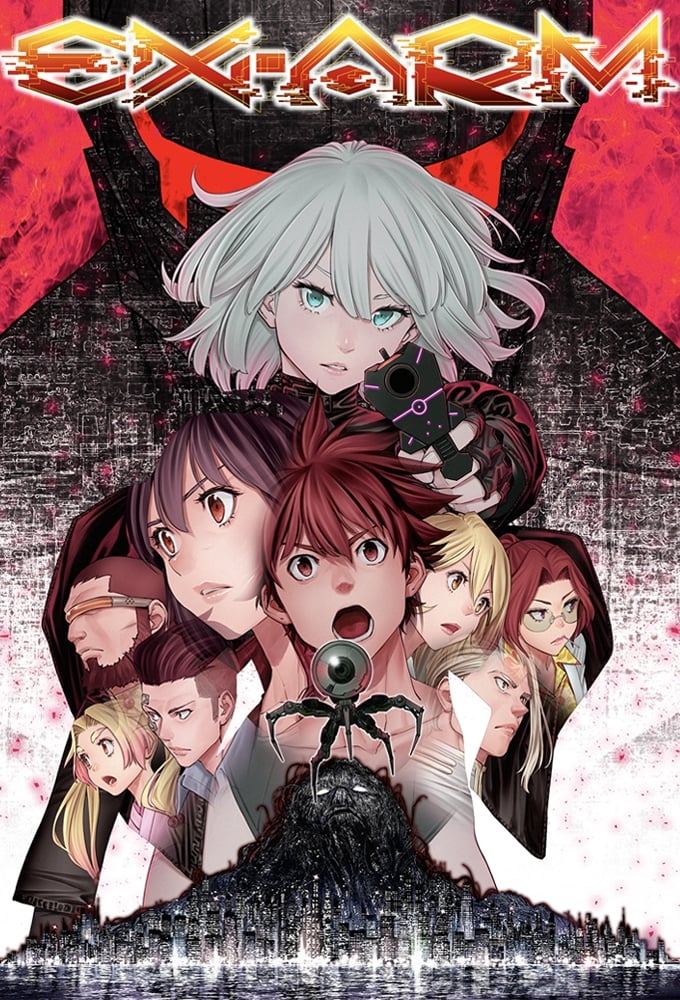 Visual Flight
Visual FlightThis TV anime adapts a manga about a high schooler whose brain is turned into an advanced weapon and who later partners with law enforcement. The production uses CG characters composited with effects and live-action style camera moves, differing from more common hybrid pipelines.
Behind-the-scenes coverage noted an unusual staff structure and tool chain, which made it a frequent case study in discussions about CG workflows. Simulcast availability placed it in front of a broad audience, and clips highlighting staging and model work circulated widely.
‘Tales of Byston Well: Garzey’s Wing’ (1996)
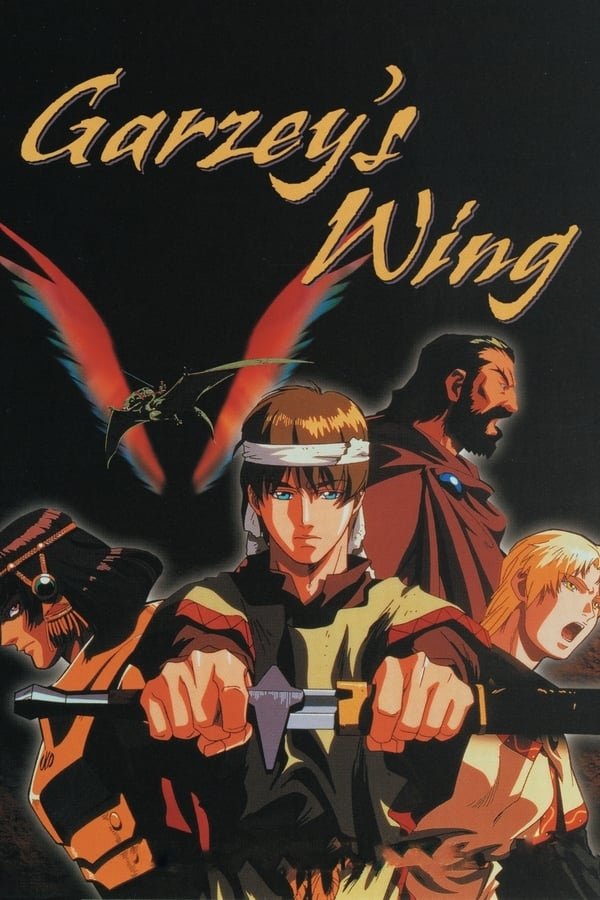 J.C.STAFF
J.C.STAFFThis three-episode OVA from director Yoshiyuki Tomino follows a modern-day student transported to a fantasy world while his spirit remains in the real one. English releases included a dub track that attracted attention for line readings and translations that deviated from literal phrasing.
Because the OVA was short and accessible on disc, it became a popular pick for late-night group viewings. Its parallel-world premise, coupled with distinctive dialogue, kept it in rotation among fans who collect 90s fantasy OVAs.
‘Chargeman Ken!’ (1974)
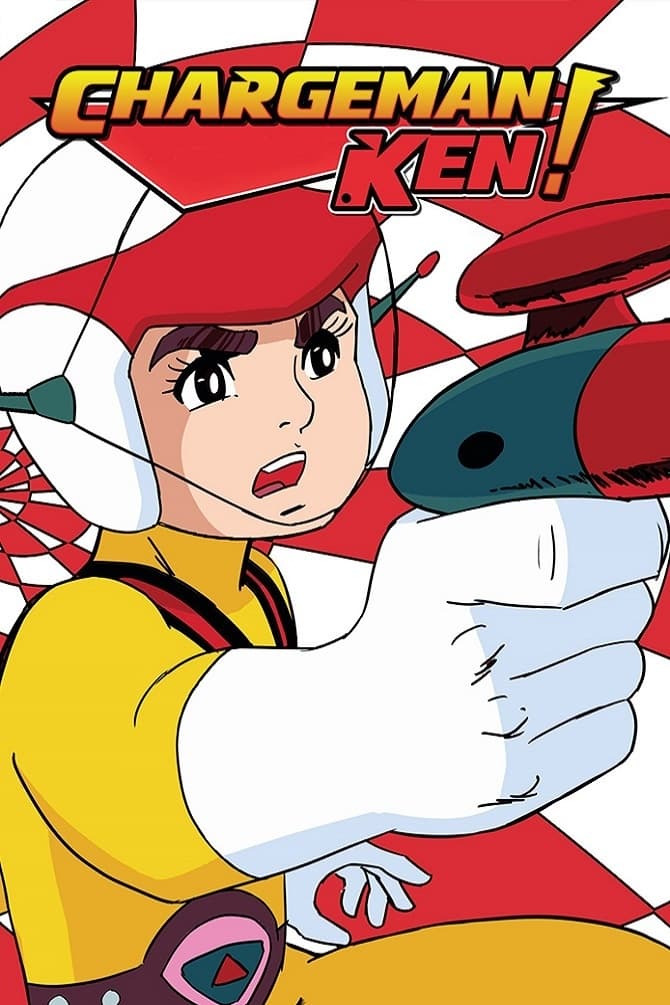 KnacK
KnacKA children’s TV anime from the 1970s, this series features a boy hero defending Earth from alien invaders called the Juralians. Episodes run about five minutes each and were produced with extremely tight schedules, leading to simple layouts and very limited animation.
Rediscovered decades later through home video and streaming, it gained a second life as viewers compiled standout moments from the short episodes. The large episode count and bite-sized length made it easy for fans to sample highlights and share them.
‘Big Order’ (2016)
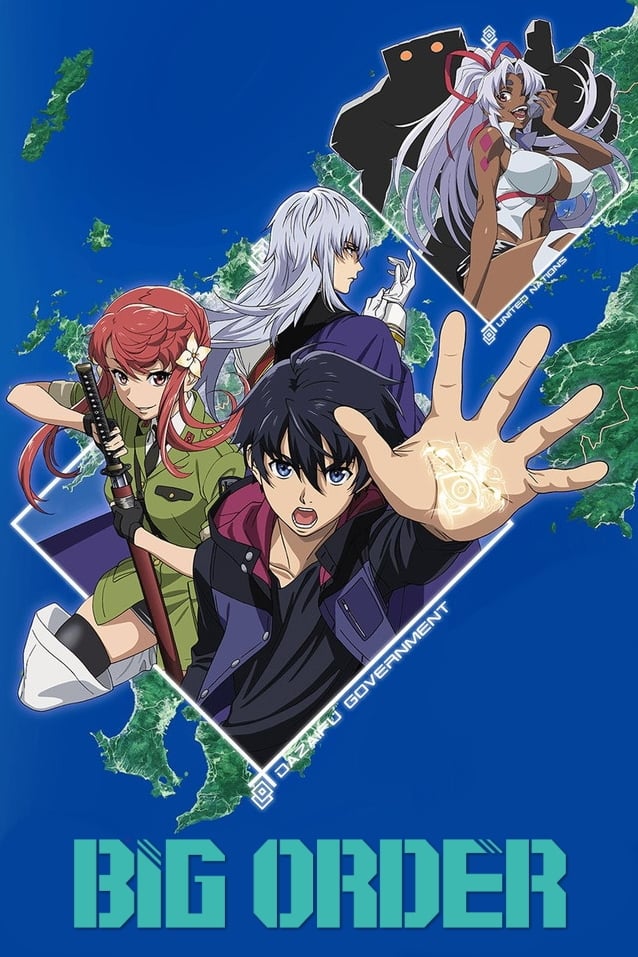 asread.
asread.Adapted from Sakae Esuno’s manga, this TV anime follows a boy whose wish grants him reality-warping powers, drawing him into conflicts with other users. The broadcast version condensed multiple arcs and introduced original ordering of some events to fit a single-cour run.
A prequel OVA was bundled with the manga prior to the series, and that release order encouraged comparisons between versions. The premise’s city-scale consequences and set pieces ensured a steady stream of clips on social platforms.
‘Wizard Barristers’ (2014)
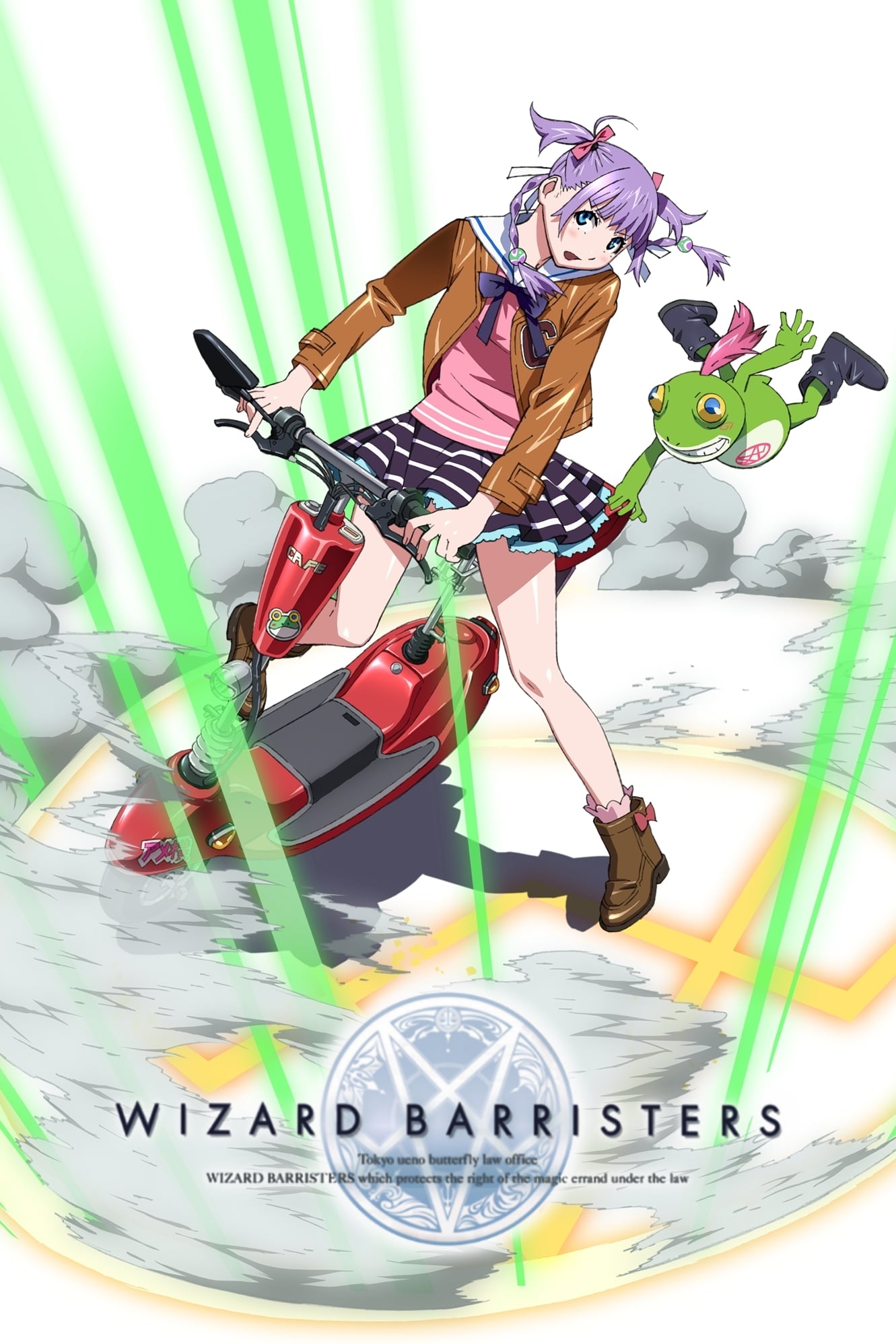 ARMS
ARMSProduced by ARMS, this TV anime is set in a near future where magic users stand trial, and specialized attorneys defend them in a legal system built around spells. The show combines courtroom procedures with action sequences driven by magical statutes and case law.
Production faced schedule challenges near the finale, and viewers noted shifts in animation quality between earlier and later episodes. The legal-fantasy hybrid premise, along with detailed gadget and spell terminology, kept it in discussion among fans of genre blends.
‘Eiken’ (2003)
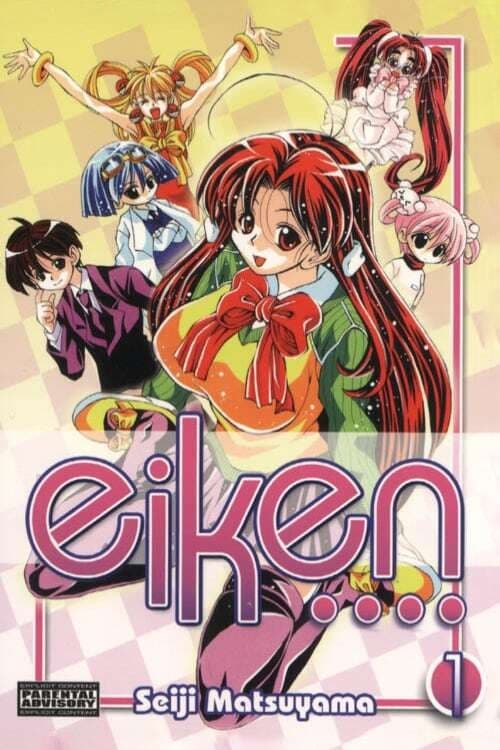 J.C.STAFF
J.C.STAFFThis two-episode OVA adapts Seiji Matsuyama’s manga and follows a transfer student who joins a school club with eccentric members. It was released directly to video and localized in multiple regions with varied packaging.
Because it is short and self-contained, it became a common inclusion in marathons of early-2000s OVAs. The adaptation streamlines manga chapters into standalone episodes, which made it a reference point in debates over compressing longer source material into limited-episode formats.
‘Abunai Sisters’ (2009)
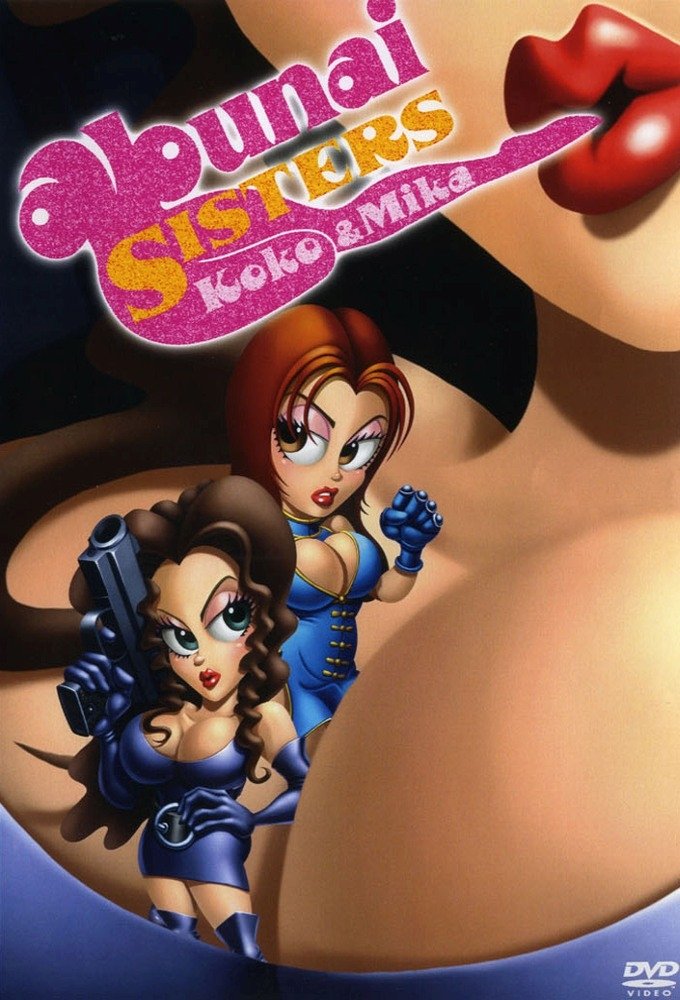 Production I.G
Production I.GThis short CG ONA stars celebrity sisters Koko and Mika modeling as fictionalized versions of themselves in episodic adventures. The series was distributed online with very brief installments and used stylized character models.
The project’s celebrity tie-in and limited release window led to episodes being archived by fans. Its format reflects late-2000s experiments with web-first distribution, placing it alongside other short, sponsor-driven CG projects from the same era.
‘Master of Martial Hearts’ (2008)
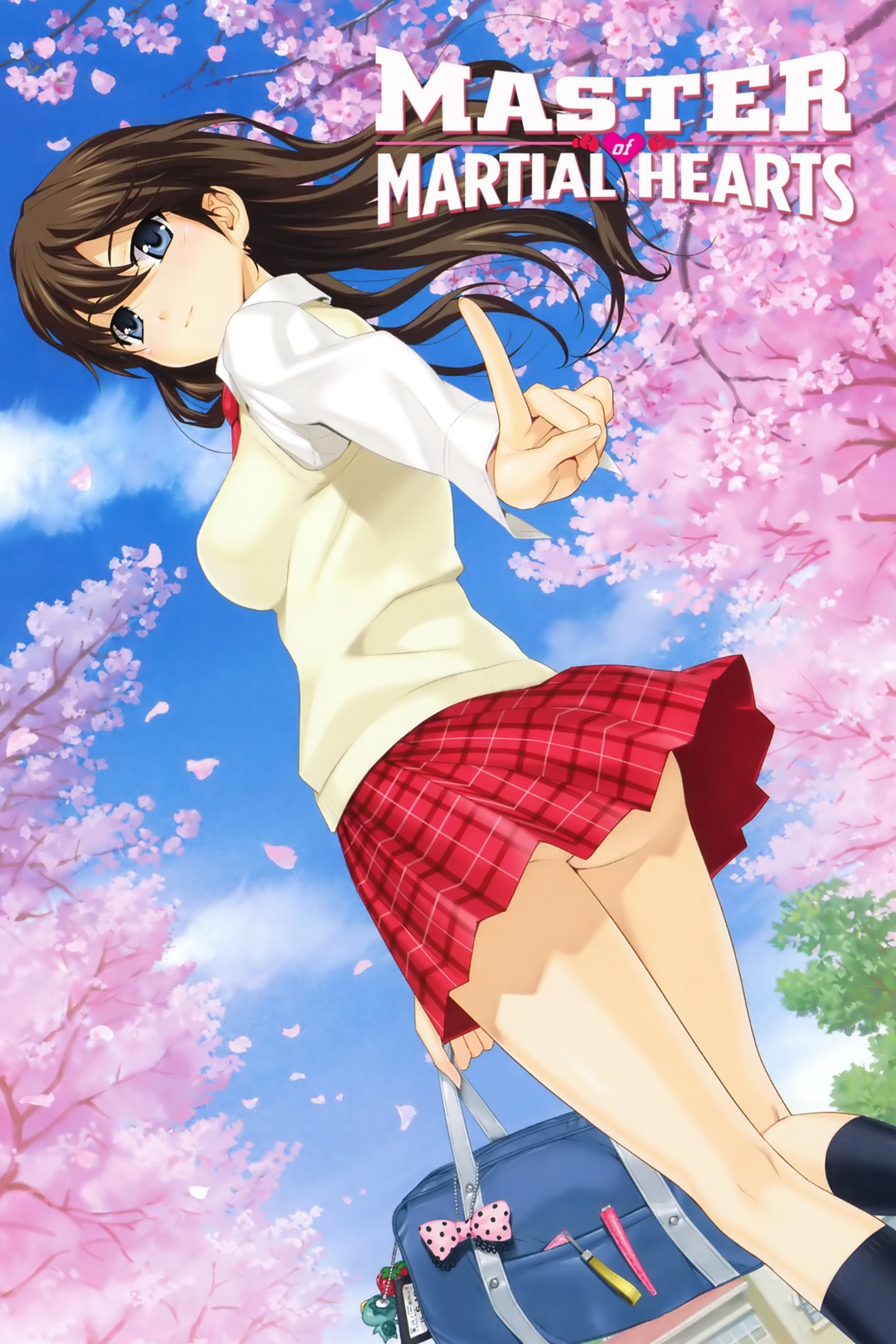 ARMS
ARMSAlso known as ‘Zettai Shougeki: Platonic Heart’, this five-episode OVA features underground tournaments where competitors battle for a wish-granting jewel. It was released direct-to-video with a complete set later made available in international markets.
The structure moves rapidly from match to match, with each episode focusing on new opponents and environments. Home video extras and packaging variations gave collectors multiple editions to track, which kept the title circulating in OVA catalogs.
‘Gibiate’ (2020)
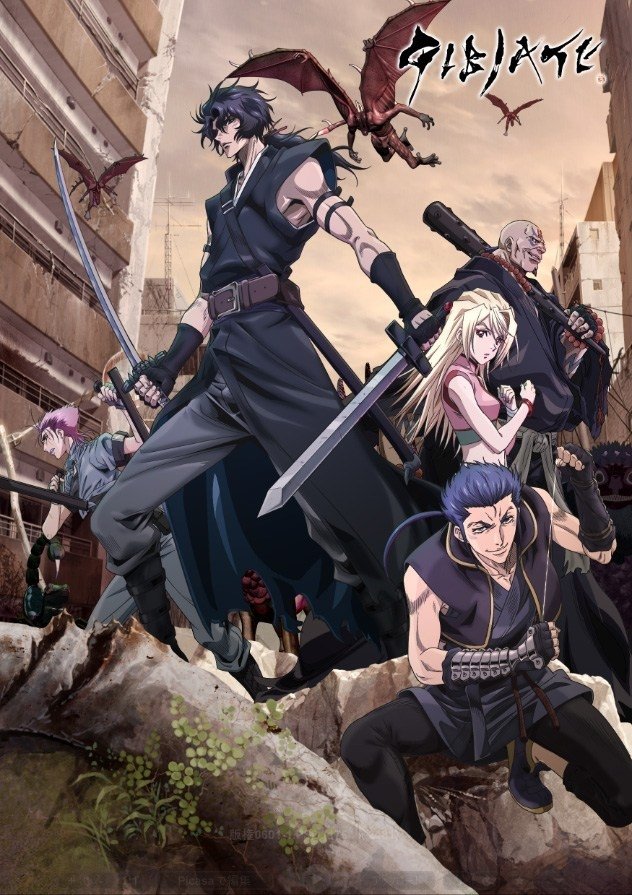 l-a-unch・BOX
l-a-unch・BOXThis TV anime follows a samurai and ninja who time travel to a future Japan overrun by a virus that turns people into monsters. The production brought together veteran designers and musicians and aired during a period of widespread schedule disruptions.
Its hybrid CG and 2D creature work, along with promotional collaborations, made it highly visible before and during broadcast. The show’s pandemic-era timing and multinational staff drew continued interest from viewers studying release strategies under production constraints.
‘Ghost Stories’ (2000–2001)
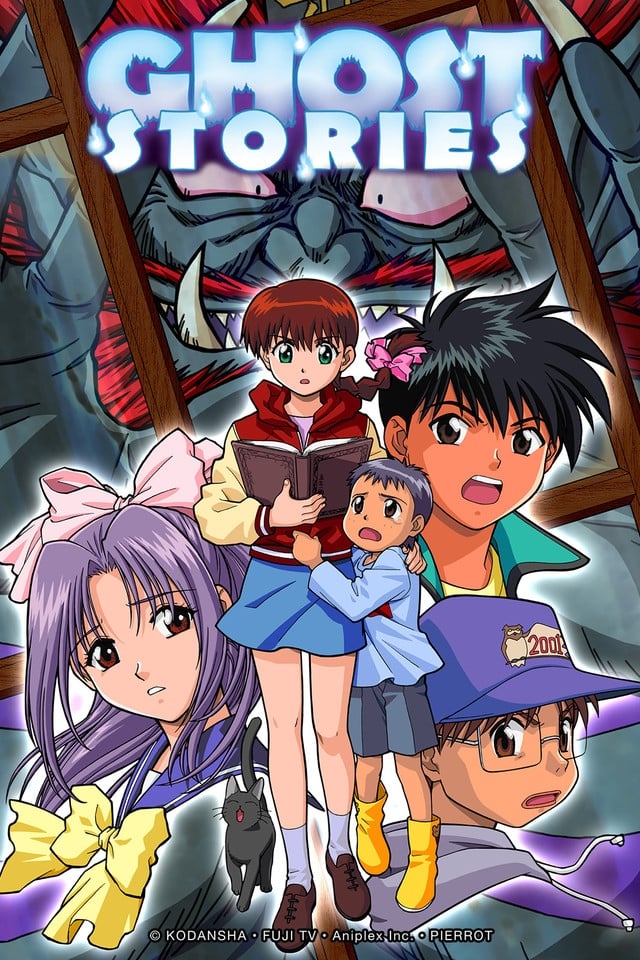 Pierrot
PierrotThis TV anime about a group of kids dealing with local spirits aired in Japan with a straightforward tone and later received an English dub that significantly rewrote dialogue. The localization was produced with broad comedic liberties while keeping character names and basic episode structures.
Because both the original and the dub are available, fans often compare scripts side by side. The title appears frequently in discussions of translation practices and licensing decisions, making it a durable example of divergent regional releases.
‘Ninja Resurrection’ (1997–1998)
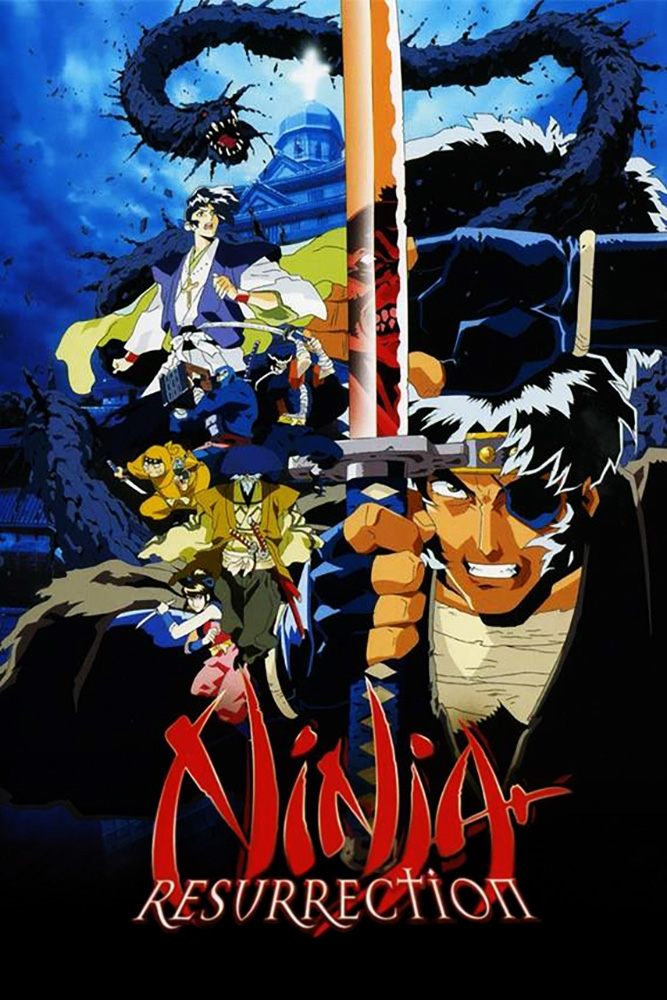 Phoenix Entertainment
Phoenix EntertainmentThis two-episode OVA is loosely connected in marketing to the popularity of ninja-themed titles from the same decade, which caused confusion among viewers. It adapts elements from historical tales and incorporates supernatural action set pieces.
International releases packaged the episodes as a single feature, which helped the OVA circulate in rental catalogs. The mismatch between expectations and content became a recurring topic in anime retail history and fan guides.
‘Dark Cat’ (1991)
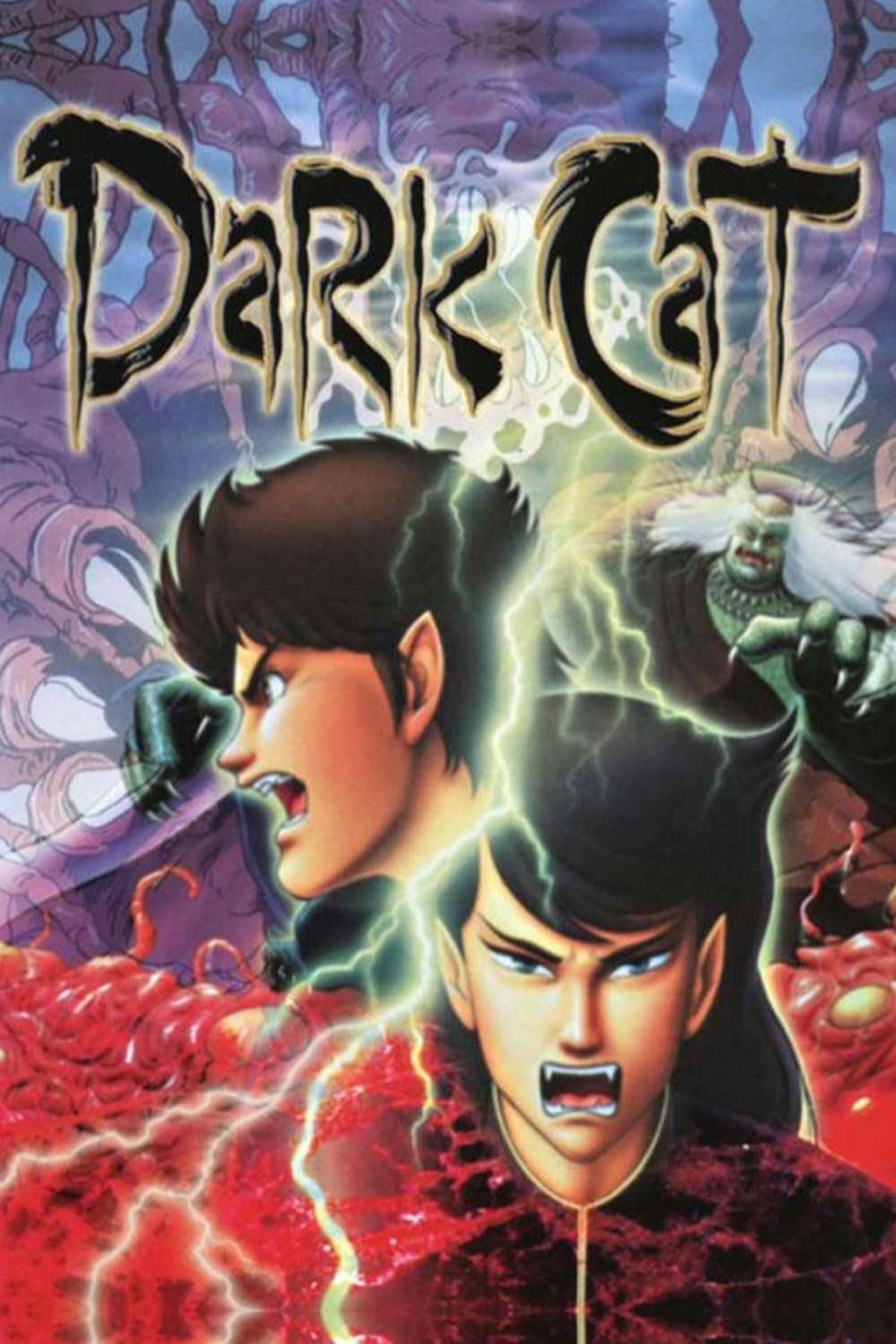 Agent 21
Agent 21A standalone OVA about two brothers with spiritual powers confronting a series of paranormal incidents at a school, this title exemplifies early-90s direct-to-video horror. It uses hand-painted cels and period-typical effects for transformations and creatures.
Limited initial distribution and later budget reissues placed it in many bargain DVD bins, where it reached new audiences. Its compact runtime and self-contained plot make it a frequent addition to horror-themed anime watch lists.
‘My Sister, My Writer’ (2018)
 NAZ
NAZThis TV anime adapts a light novel about a high schooler whose sister claims authorship of his work, leading to a web of industry and school-life complications. Viewers tracked noticeable schedule pressures, including reused cuts and off-model frames during broadcast.
The series continued airing on time, and home video adjustments were noted by fans comparing versions. Its production timeline and televised edits became case studies in how weekly TV anime manage deadline crunches.
‘Magical Warfare’ (2014)
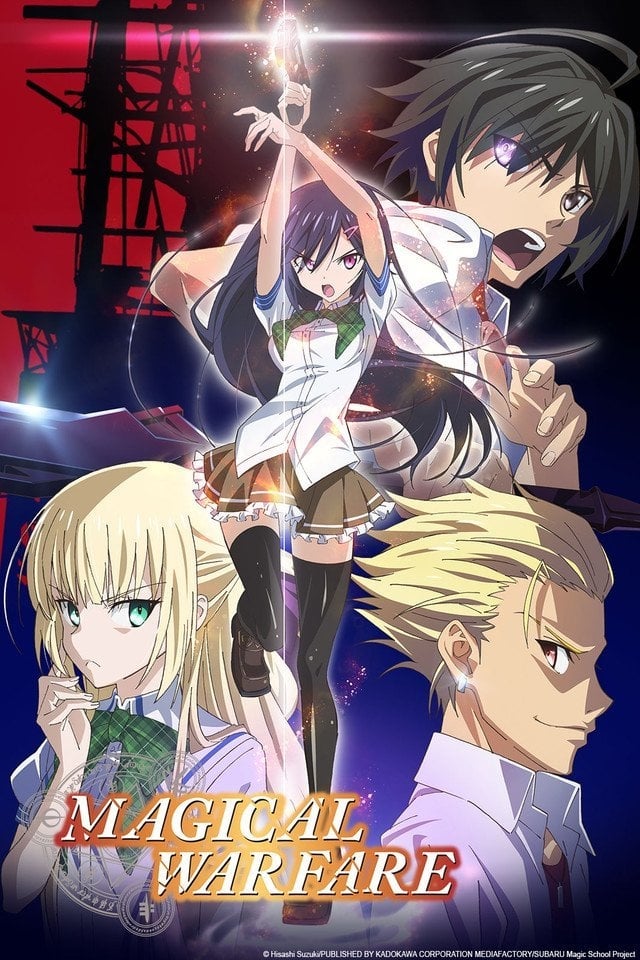 Madhouse
MadhouseAdapted from Hisashi Suzuki’s light novels, this TV anime introduces a hidden society of magic users and a school that trains students for conflicts between factions. The single-cour structure compresses multi-volume material, with the final episodes aligning several plot threads at once.
Because it aired alongside other fantasy school shows, viewers frequently contrasted approaches to worldbuilding and pacing. The availability of the original novels provided a clear basis for side-by-side comparisons between prose and televised adaptations.
‘Berserk’ (2016–2017)
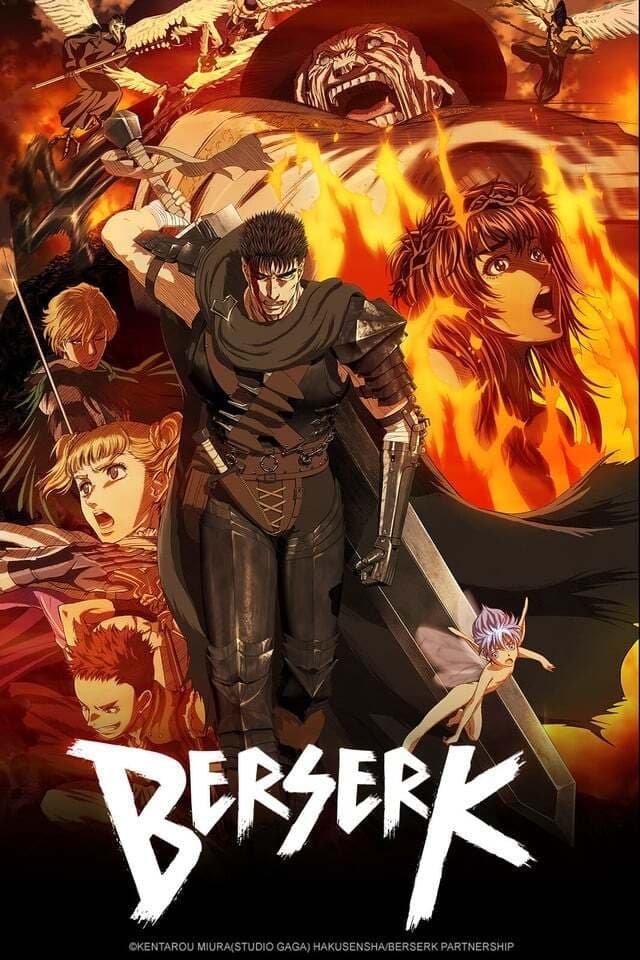 LIDENFILMS
LIDENFILMSThis TV continuation covers the ‘Conviction’ and ‘Falcon of the Millennium Empire’ arcs using a CG-heavy pipeline with toon-shaded models and limited 2D cuts. It followed earlier film adaptations and connected narrative gaps for audiences tracking the long-running franchise.
The series’ music, returning cast, and broadcast slot anchored it within a broader release strategy that included merchandise and game tie-ins. Fans documented updates between broadcast and home video, cataloging changes to cuts, camera timing, and composites.
Share the titles you’d add to this list in the comments and tell everyone which ones you ended up watching with friends.

.jpeg)
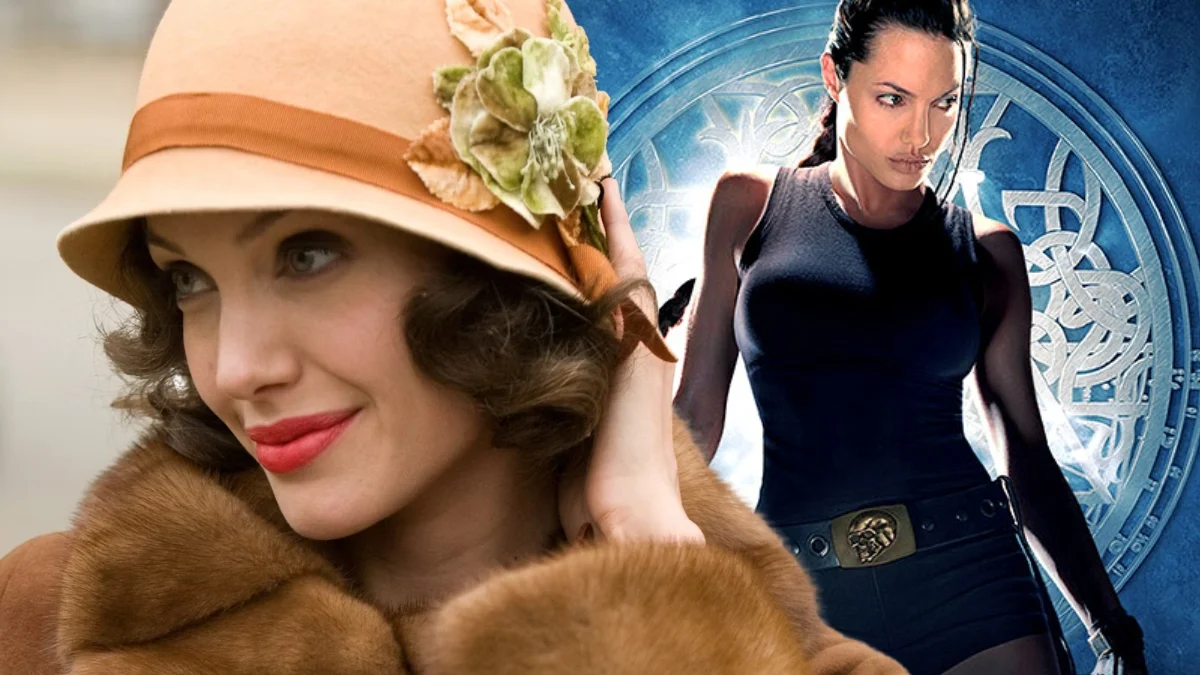
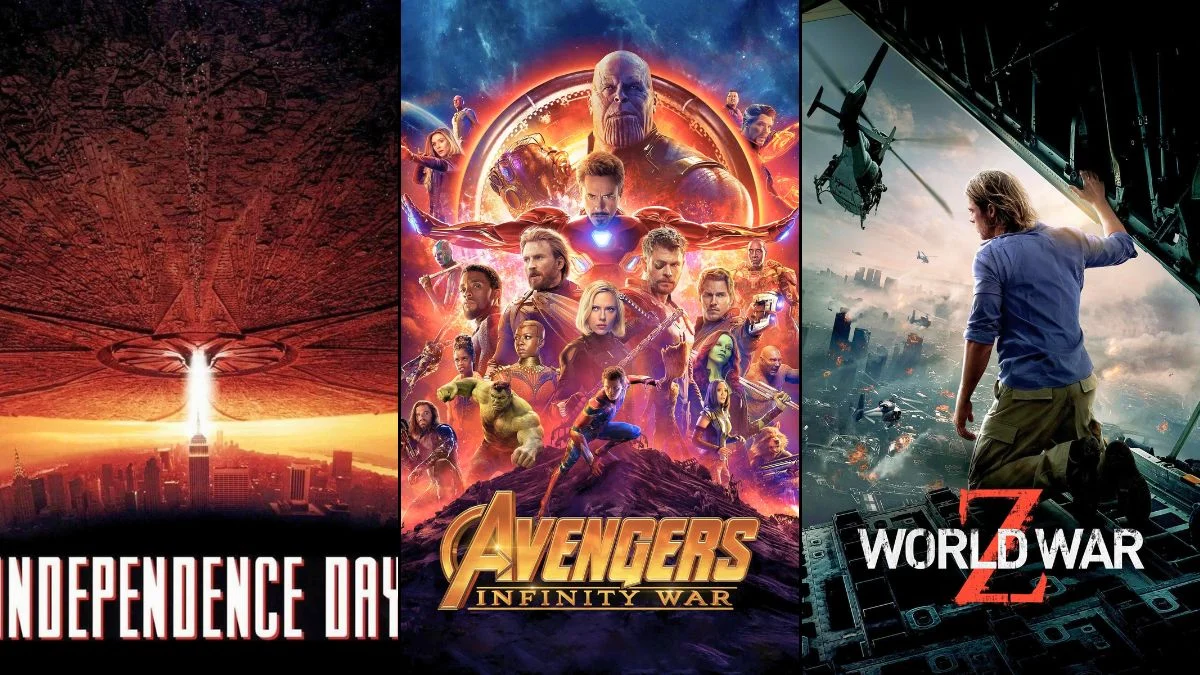



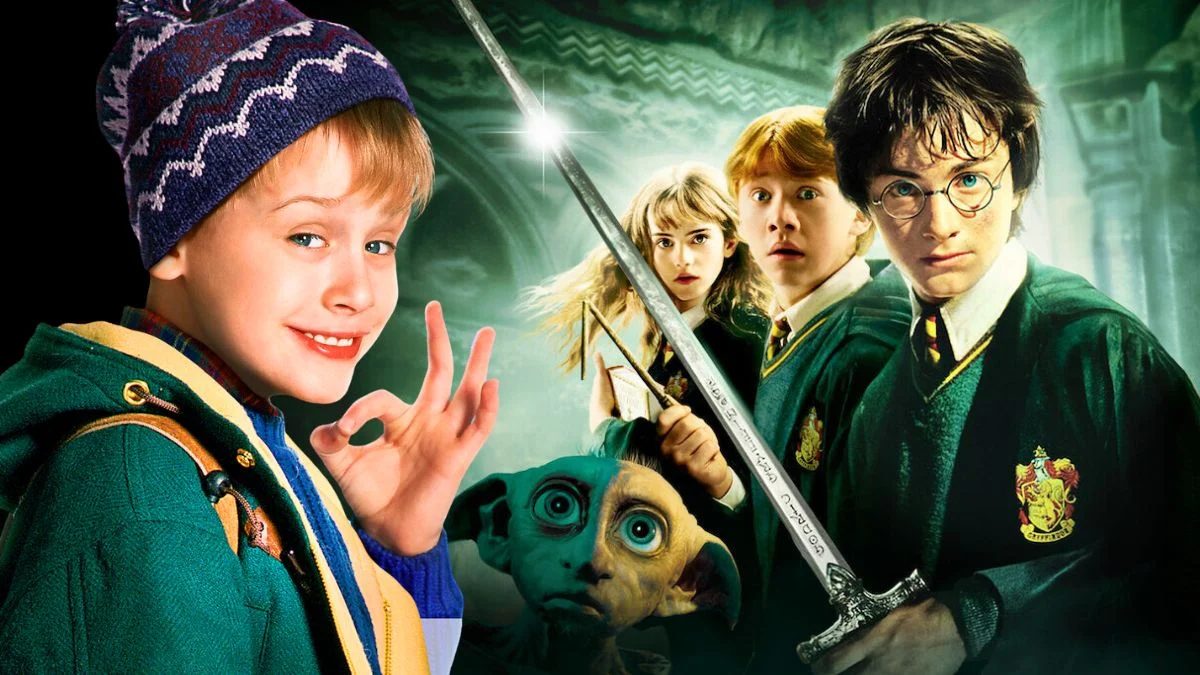
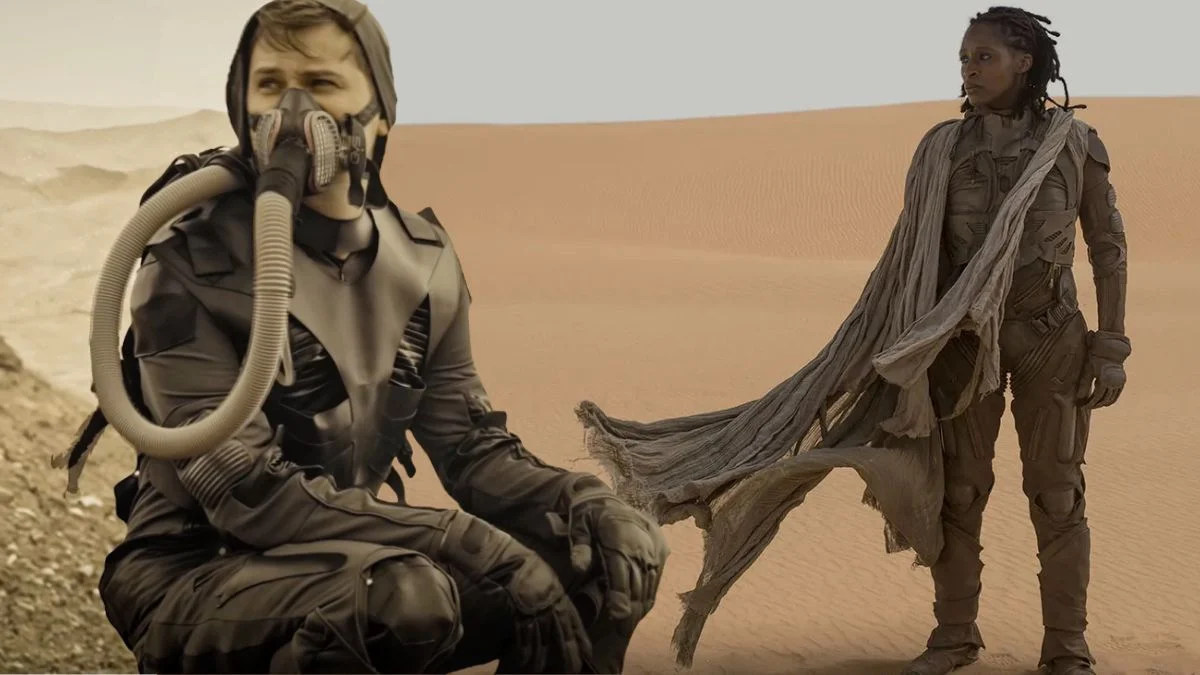
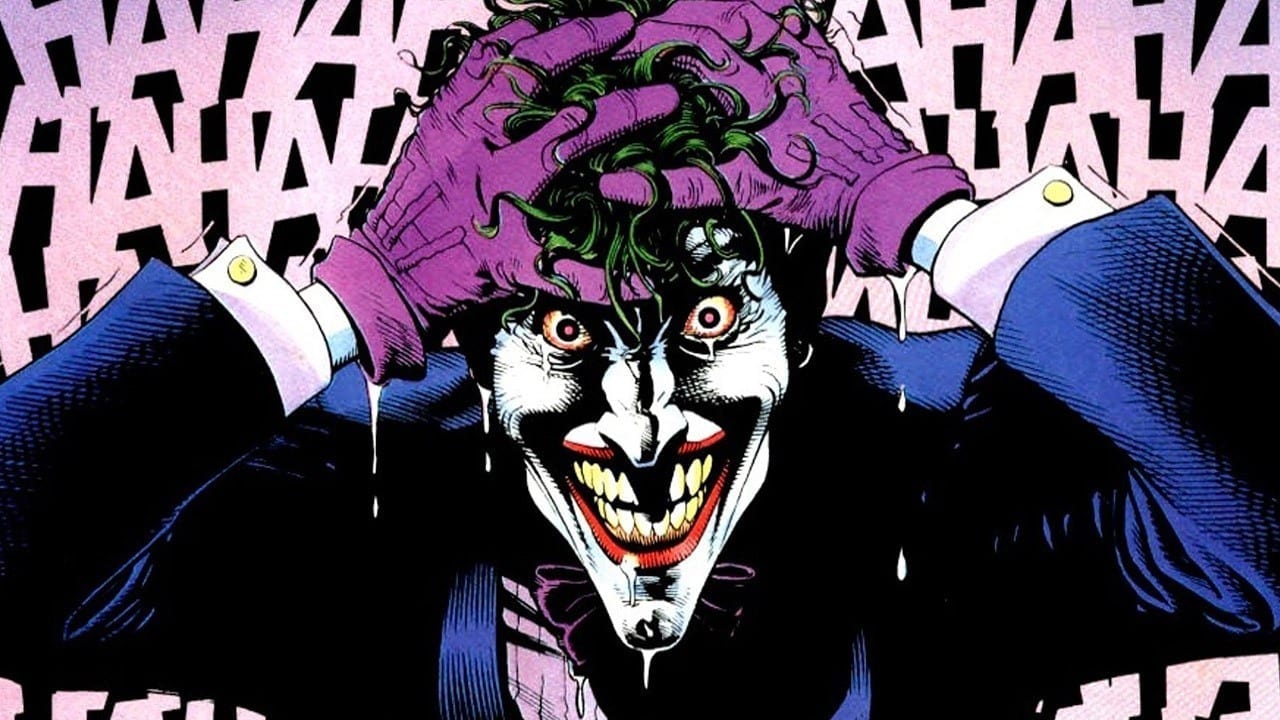
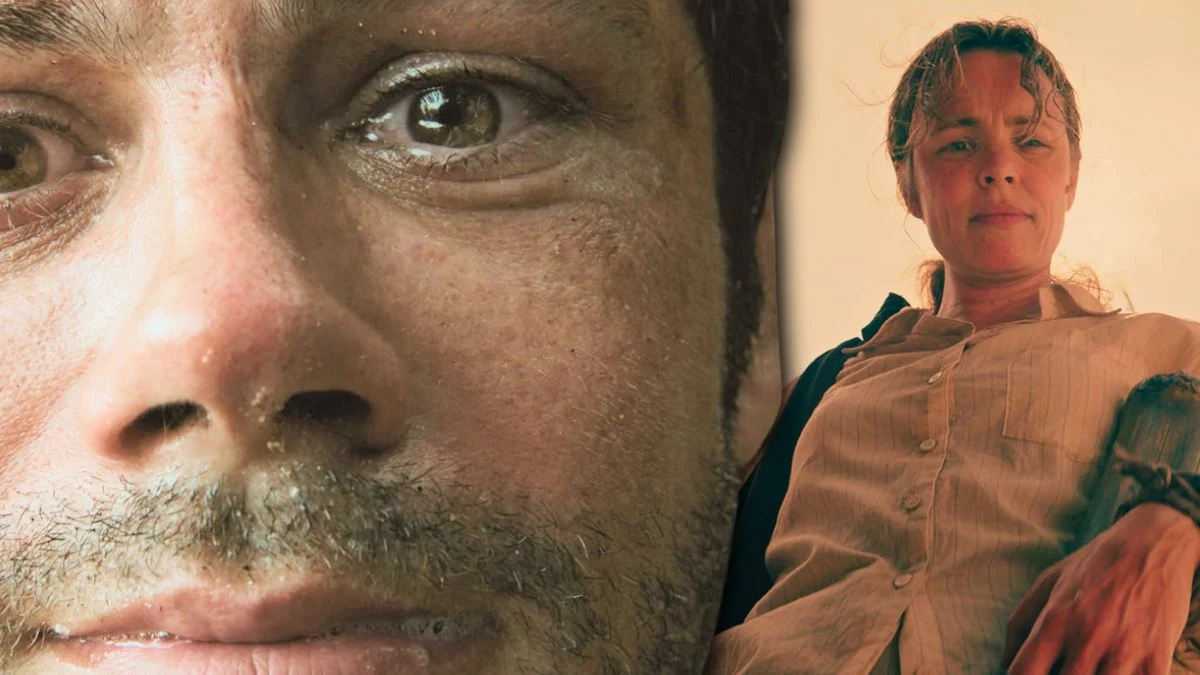
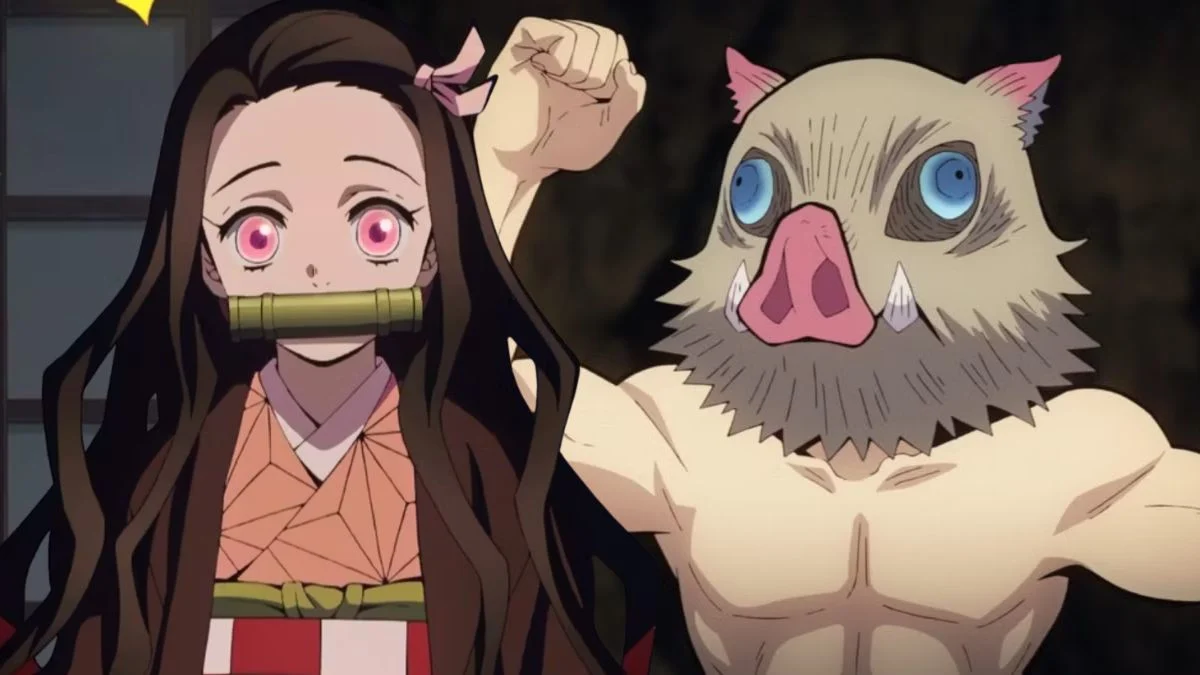


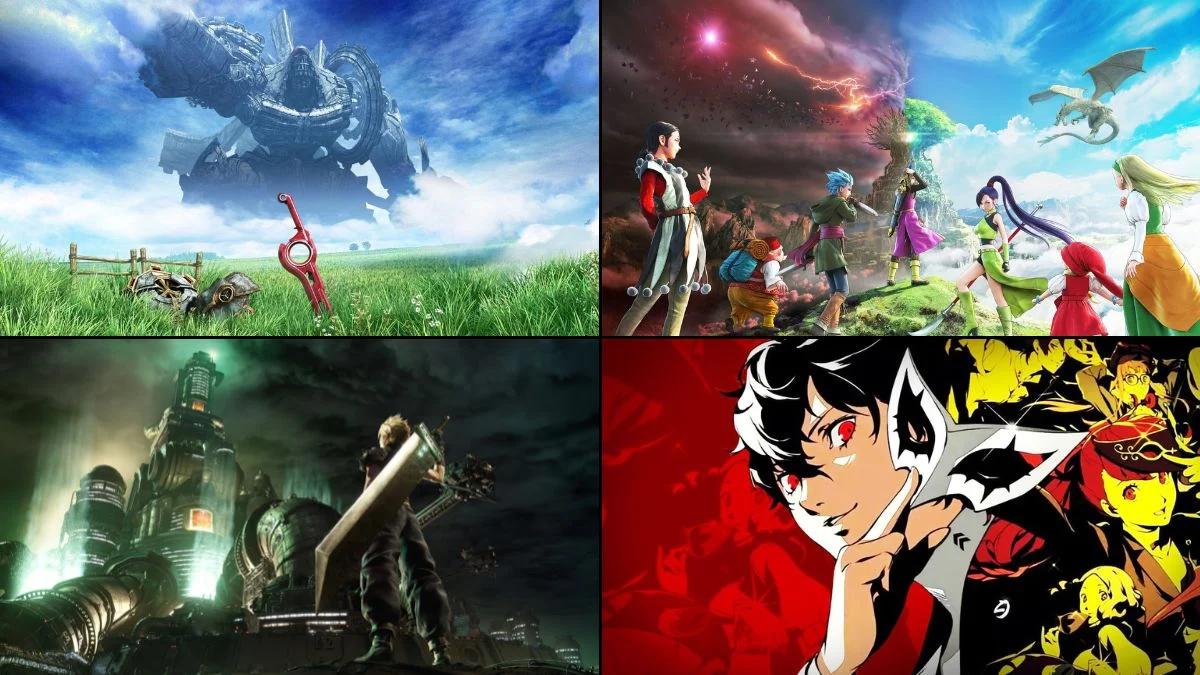



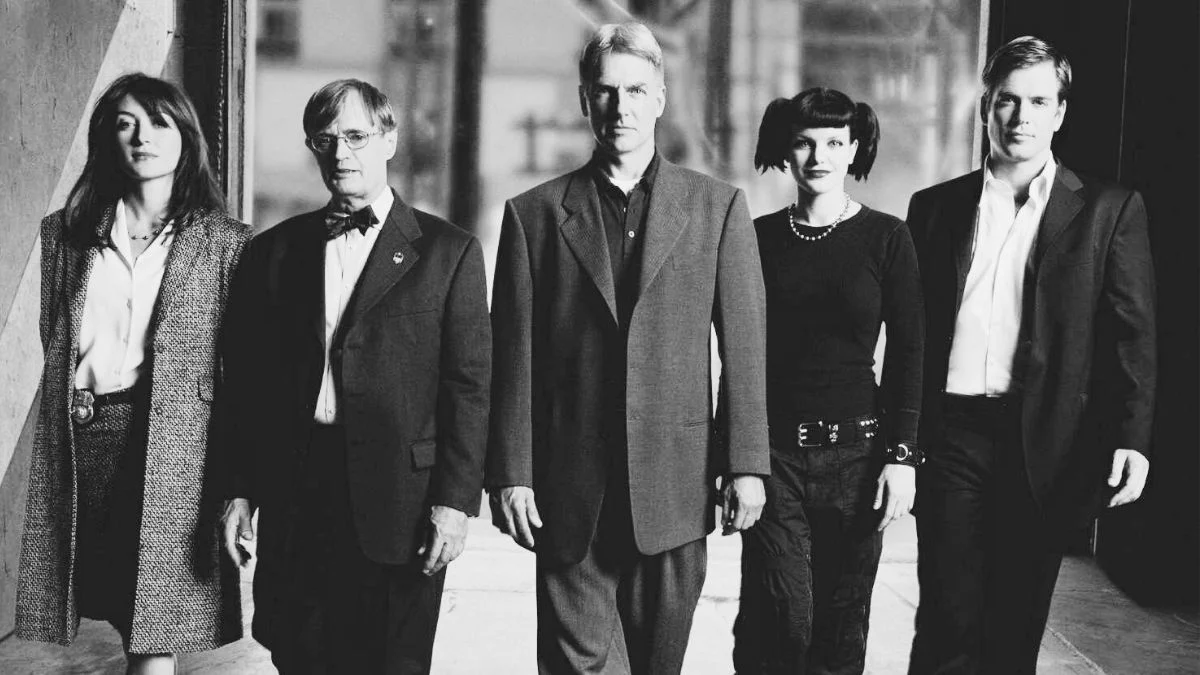
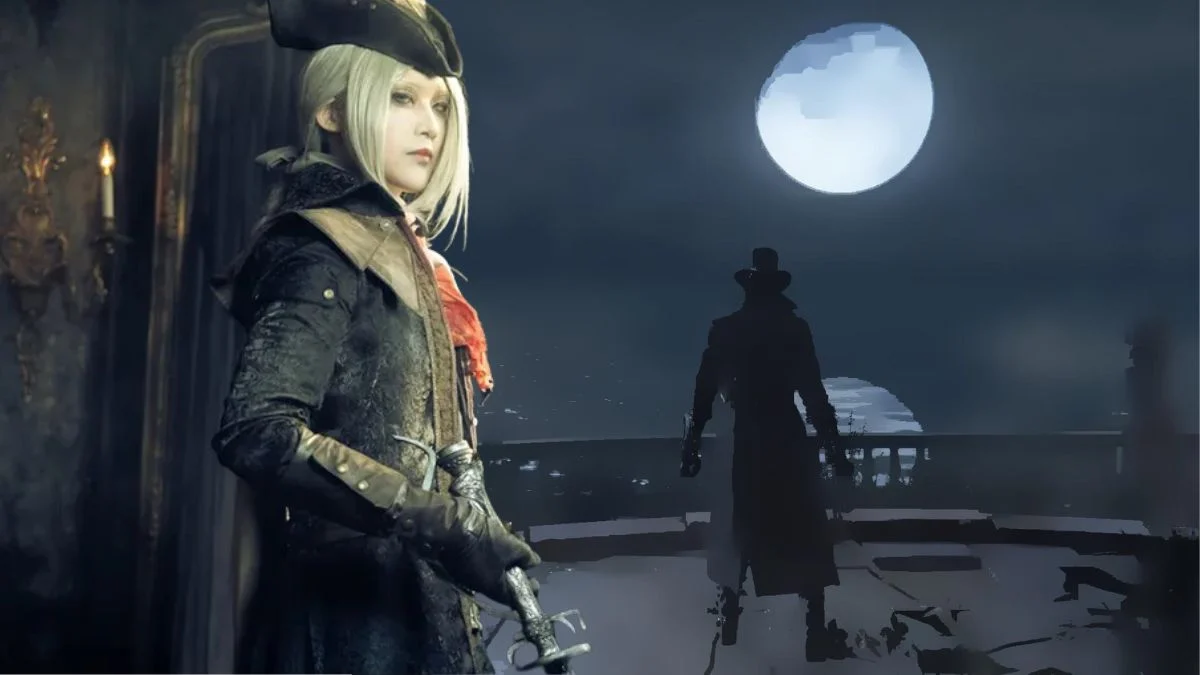




.jpeg)













 English (US) ·
English (US) ·